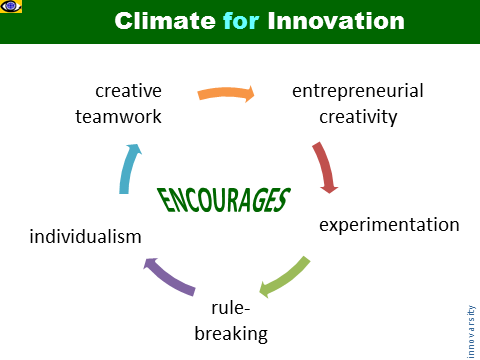| |
|
Corporate climate for
innovation and continuous improvement
|
|
|


These rules, if followed, will surely make the
workplace more efficient, productive, and joyful.
 |
Failure
is a
friend of
a homo thinking
and an
enemy of a homo emotional.
~
Vadim
Kotelnikov |
|
Failure is a Teacher, not an
Executioner.
In
radical innovation, every
step forward is a step into
terra incognita where failures
are teachers and opportunities
are guides.
|
|
|
Key Ways
to Foster a
‘No-blame’ Culture |
|
Trust
people and believe that they want to
do their best
Define behavioral standards,
the desired results will follow
Encourage people to speak
openly about the obstacles to progress
Focus on finding solutions,
not those who are to be blamed
Establish an organized and
systematic approach to problem solving
Encourage and empower
innovators and
intrapreneurs |
|